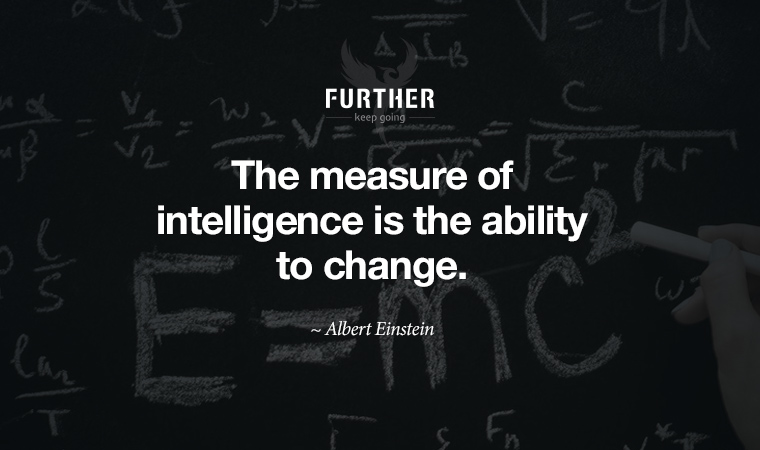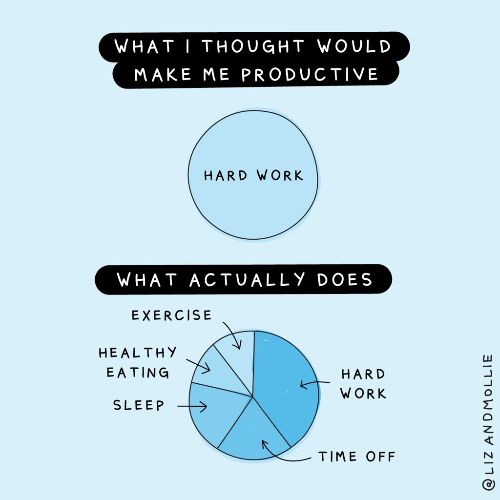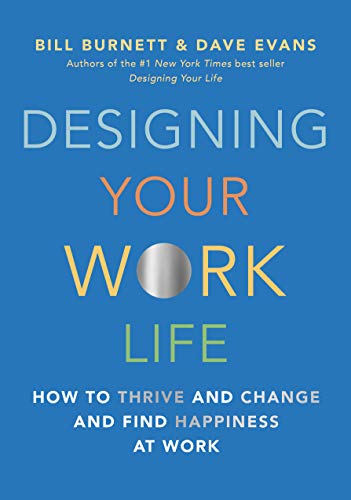
It always comes back to work, doesn’t it?
We aim for the full picture here at Further. That means your health and personal growth in addition to the work and wealth side of things.
But you can’t turn around these days without hand-wringing over the future of work. And for good reason in my opinion, which is why I try to get you to think about taking control of your work through freelancing or a startup (especially given you’re right at the age where most founders succeed).
A recent New York Times Magazine feature section addressed the challenges that twenty-first century employees will soon face, while focusing on the empowering aspects instead of the doom and gloom. The one thing we can be sure of is that things will continue to change, and so must we.
First up, Trudi and I had a good laugh at the idea of hiring a “generational consultant” to understand the coming crop of Gen Z workers. After all, aren’t we the ones raising these kids?
Other articles focused on tips to gain leverage on the job, the benefits of salary transparency for employees, and the rise of workplace activism.
But whether you’re planning to go out on your own, or to work the system from within, you’re going to have to adapt to quickly evolving technology.
In this excerpt from recent Further book recommendation The Future is Faster Than You Think, Peter Diamandis makes the case that those who best collaborate with machines will be just fine at work.
And yet, what about our physical health, mental wellness, and personal growth? Are we doomed to be constantly “on” in order to survive economically in the near future, to the detriment of becoming our best selves?
The evidence says “don’t do that.” In fact, that approach would likely lead you to experience the opposite of success. In many ways, this graphic by Liz and Mollie gives the full picture of what really works when it comes to work:

Clear enough, right? Down below, Trudi gets all Stuart Smalley by talking about the power of affirmations — turns out Stuart was down with the science after all.
Keep going-
P.S. Did someone forward this issue of Further to you? We’d love to have you join us by signing up here.
further: books
Designing Your Work Life: How to Thrive and Change and Find Happiness at Work (Amazon)
 I’ve read the best-selling Designing Your Life by authors Bill Burnett and Dave Evans. Now they’ve released a brand-new book called Designing Your Work Life, and it shows you how to transform your work and create a meaningful dream job without necessarily leaving the job you have.
I’ve read the best-selling Designing Your Life by authors Bill Burnett and Dave Evans. Now they’ve released a brand-new book called Designing Your Work Life, and it shows you how to transform your work and create a meaningful dream job without necessarily leaving the job you have.
When you buy a book through us, we get a store credit to buy more books. Thank you!
The Scientific Power of Positive Affirmations

By Trudi Roth
The night before we dropped my daughter off for the start of her college freshman year, our family stayed at a trendy boutique hotel. In our room, instead of a bedside bible, there was a copy of Don Miguel Ruiz’s The Four Agreements.
While I’m a big fan of spiritual self-help books, my husband had never shown an interest. But a combo platter of our newly empty nest and other midlife pressures led him to thumb through it.
By the time we returned home, he owned a copy. And much to my surprise, he was so taken by its simple affirmations, like “don’t take anything personally” and “always do your best,” that he recorded himself reading them out loud so he could listen to them every morning on the way to work.
Turns out what my husband did instinctively — use positive affirmations to counteract negative thoughts — wasn’t a woo-woo move. It’s actually a neurologically sound way to shift your perspective and boost your resilience.
Science affirms affirmation
Unlike positive thinking, which seeks to do away with negativity completely (and largely fails), affirmations help build the mental muscle necessary to tackle challenges from a more positive place.
As Dr. David Schechter, author of Think Away Your Pain and The MindBody Workbook explains:
Just as we do repetitive physical exercise to get stronger, affirmations can be thoughts of as exercise for our mind/brain.
Positive self-talk is a research-backed method of scaling to the upper echelons of Maslow’s hierarchy of needs: self-esteem and self-actualization. Social scientist Claude Steele was the first to propose the theory of self-affirmation, where if people can feel relatively positive about themselves in one arena, they can better tolerate a threat to their self-integrity in another.
More recently, MRI evidence suggests neural pathways are increased when people practice self-affirmation. This provides a neurological basis for the idea that affirmations can help us develop a more optimistic way of looking at ourselves that persists.
Give yourself a good talking-to
With all due respect to Stuart Smalley, positive affirmation work doesn’t have to be cringe-inducing to neutralize a negative internal dialogue. Creating or choosing realistically optimistic statements that speak to you is all it takes.
Dr. Schechter recommends selecting short, potent, actionable statements that come from a place of “I,” start in the present tense, and project a better future.
For example: “I can achieve [this goal] and be happier and more fulfilled, “ or “I have a benign condition; my body naturally heals.” If you need inspiration, the ThinkUp app provides affirmations to approach a variety of challenges and also to increase motivation, gratitude, and other positivity boosters.
Otherwise, get creative and put a personal spin on upbeat statements that resonate with you. Trust me — you really are good enough and smart enough to make positive self-talk a doggone effective daily habit.
Affirmations and Neuroplasticity (Psychology Today)
further: flashback

The Cult – She Sells Sanctuary
Love, 1985
According to Cult guitarist Billy Duffy, the iconic introduction to She Sells Sanctuary was the result of all his effects pedals being turned on at the same time. Also, it’s “The heads that turn / make my back burn,” not “The Texas sun ….” I stand corrected. (YouTube)
further: sharing
Please forward this issue of Further to a friend. Thank you!
